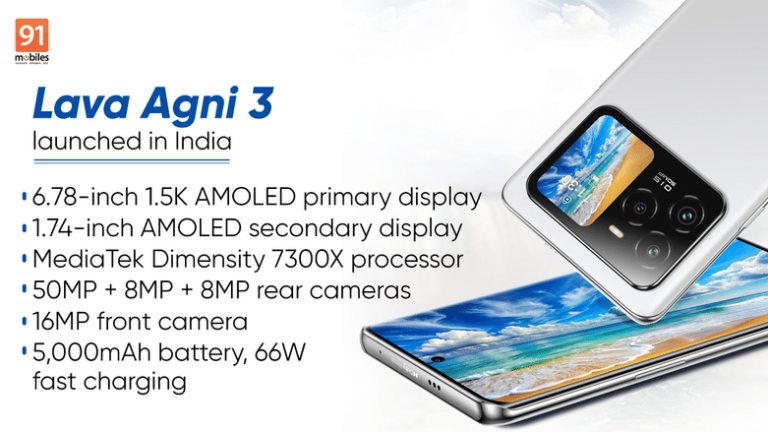A Comprehensive Guide on How to Choose the Perfect TV 2023
Introduction How to Choose the Perfect TV
In today’s technology-driven world, televisions have become an integral part of our lives, providing entertainment, information, and connectivity. However, the vast array of options available in the market can make choosing the right TV a daunting task. This guide aims to simplify the process and help you make an informed decision when selecting a television. By considering factors such as display technology, resolution, size, connectivity options, audio quality, and budget, you can narrow down your choices and find the TV that best suits your needs and preferences.
I. Understanding Display Technology
The first step in choosing a TV is understanding the different display technologies available. The most common options are LED, OLED, and QLED. LED TVs use an array of light-emitting diodes to illuminate the screen, providing excellent brightness and energy efficiency. OLED TVs, on the other hand, utilize organic compounds that emit light when an electric current is applied, resulting in deep blacks and vibrant colors. QLED TVs are a variation of LED TVs that use quantum dots to enhance color reproduction.
II. Determining the Ideal Resolution
Resolution refers to the number of pixels that make up the display. The higher the resolution, the sharper and more detailed the image. The two most popular resolutions are Full HD (1920×1080 pixels) and 4K Ultra HD (3840×2160 pixels). While Full HD is suitable for smaller screens, a larger TV would benefit from the increased pixel density of 4K. Additionally, newer content and streaming services are increasingly offering 4K content, making it a future-proof choice.
III. Finding the Right Size
The size of the TV depends on the viewing distance and the space available in the room. A general rule of thumb is to measure the distance between the TV and the seating area and multiply it by a factor of 0.55 to 0.75. This will give you an approximate screen size in inches. However, personal preference also plays a role, and factors like room layout and visual immersion should be considered. It’s important to strike a balance between screen size and viewing comfort to ensure an enjoyable experience.
IV. Exploring Connectivity Options
Modern TVs offer a wide range of connectivity options to enhance your viewing experience. HDMI ports are essential for connecting external devices such as gaming consoles, Blu-ray players, or sound systems. USB ports allow you to access media files from external storage devices, while Wi-Fi and Ethernet connectivity enable streaming services and internet browsing. It’s crucial to ensure that the TV you choose has the necessary ports and connectivity options to support your devices and entertainment needs.
V. Assessing Audio Quality
While visuals are essential, audio quality is equally important for a captivating viewing experience. TVs often come with built-in speakers, but they might not deliver the best sound quality. Look for features like Dolby Atmos, which provides immersive and multidimensional audio, or consider investing in a separate sound system for enhanced sound reproduction. Some TVs also support Bluetooth connectivity, allowing you to connect wireless speakers or headphones for a more personalized audio experience.
VI. Considering Your Budget
Lastly, it’s essential to determine your budget before beginning your TV search. Prices for TVs can vary significantly depending on factors such as brand, size, display technology, and additional features. Set a realistic budget and prioritize the features that matter most to you. Keep in mind that while a higher budget might offer more advanced features and better quality, there are excellent options available at various price points
Conclusion
Choosing the right TV involves considering a variety of factors such as display technology, resolution, size, connectivity options, audio quality, and budget. By understanding the different display technologies like LED, OLED, and QLED, you can determine which one best suits your preferences and viewing needs. Deciding on the ideal resolution depends on the size of the TV and the availability of 4K content.
Considering the size of the TV is crucial for optimal viewing comfort and immersion. Calculating the viewing distance and using a suitable multiplier can help you determine the appropriate screen size. Exploring connectivity options ensures compatibility with external devices and allows access to streaming services and online content.
Audio quality plays a significant role in enhancing your overall TV experience. Assessing built-in speakers and exploring additional sound system options can provide immersive sound reproduction. Finally, setting a budget and prioritizing features will help narrow down your choices and ensure you find the best TV within your price range.
Remember to read reviews, compare specifications, and visit physical stores if possible to see the TV’s performance firsthand. By considering all these factors and making an informed decision, you can select a TV that meets your entertainment needs, enhances your viewing experience, and brings enjoyment to your home.
Overall, choosing a TV can be an exciting process when armed with the right knowledge, and by following this comprehensive guide, you are well-equipped to make a confident and informed decision. Happy TV shopping!





